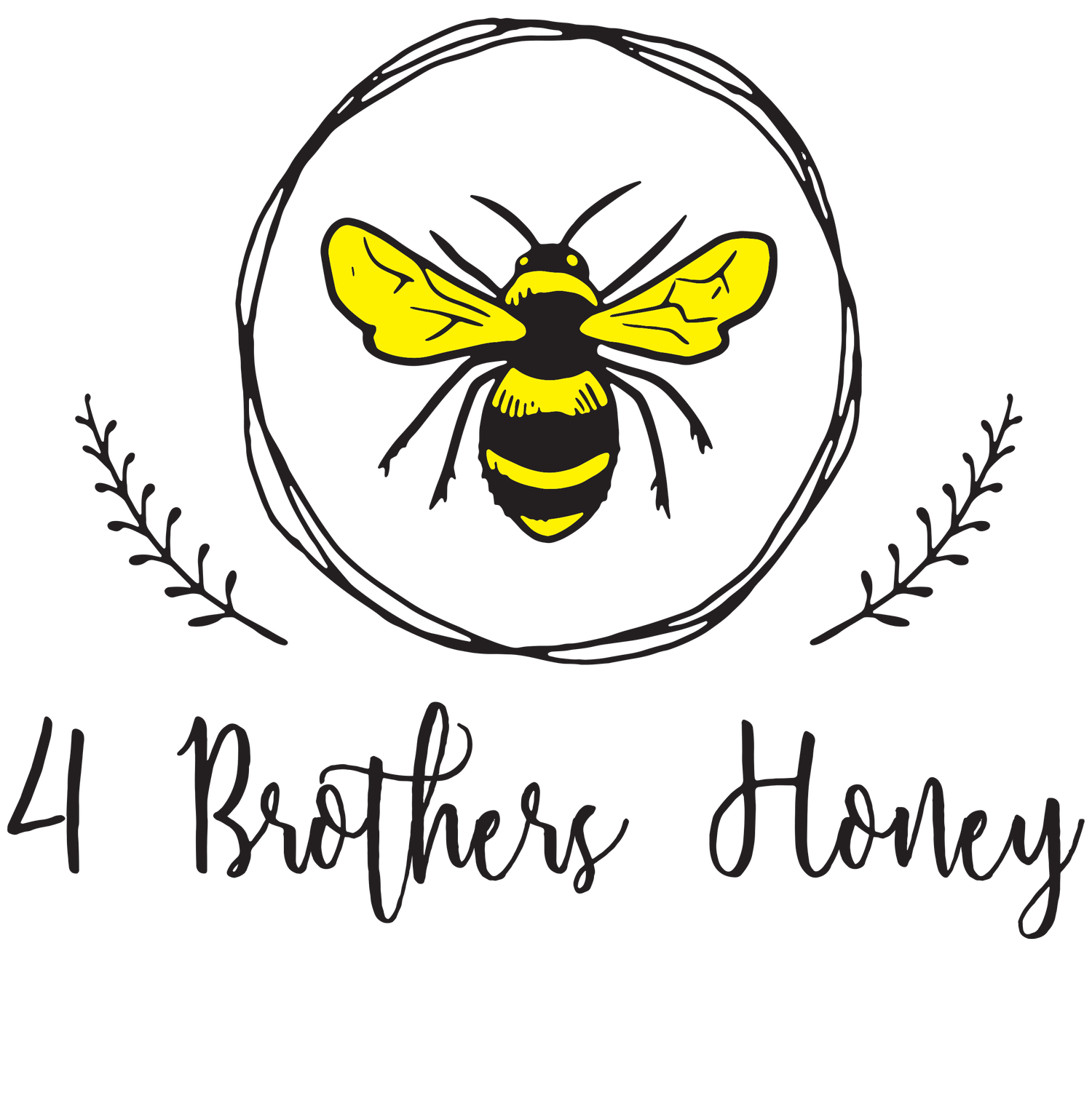we have a lot of future plans for educational opportunities at 4 brothers honey.
We do occasionally offer educational tours- please contact us if you’re interested. We do have some events that we will be hosting involving honeybee education- check back here for those. We have a lot of other big thoughts and ideas…but in the meantime you can enjoy some bits and pieces of educational information right here.
How do honeybees make honey?
🐝 A female worker bee- specifically a forager- will head out of the hive in search of nectar.
🐝 Flowers will reflect ultraviolet light and or an electromagnetic tone wave that communicates to the honeybee "there's good nectar here!"
🐝 That forager will then use her proboscis (straw-like tongue) to slurp up the nectar.
🐝 She will continue to forage from flower to flower until her honey stomach is full.
🐝 She can carry from 25-80 milligrams of nectar per trip!
🐝 The forager bee now has a full honey stomach of nectar and is heading back to the colony. Note in the first photo, that honeybees have a honey stomach and a regular stomach.
🐝 When she gets to the entrance she meets with a housebee and there she regurgitates the nectar, passing it mouth-to-mouth.
She then turns back to continue foraging- an extremely efficiently use of time and energy.
🐝 That housebee then continues this regurgitation and passing from one honeybee mouth to another.
This process reduces the moisture content of the nectar from about 70% to 20%. Starting the change from nectar to honey.
🐝Through this process the enzymes in the honeybees honey stomach are mixed with the nectar- a big part of what contributes to why honey is so beneficial to our health and not just a sweetener.
🐝Once the nectar has "ripened" into honey, it contains so little water that no microbes can grow in it. That keeps it from becoming contaminated by bacteria or fungi. Hence honey never goes bad and has been said to have been found edible in Egyptian tombs.
🐝At this stage, the processor bees “cap” the cell with an airtight wax seal.
Now the beekeepers know it is safe and ready to harvest!





